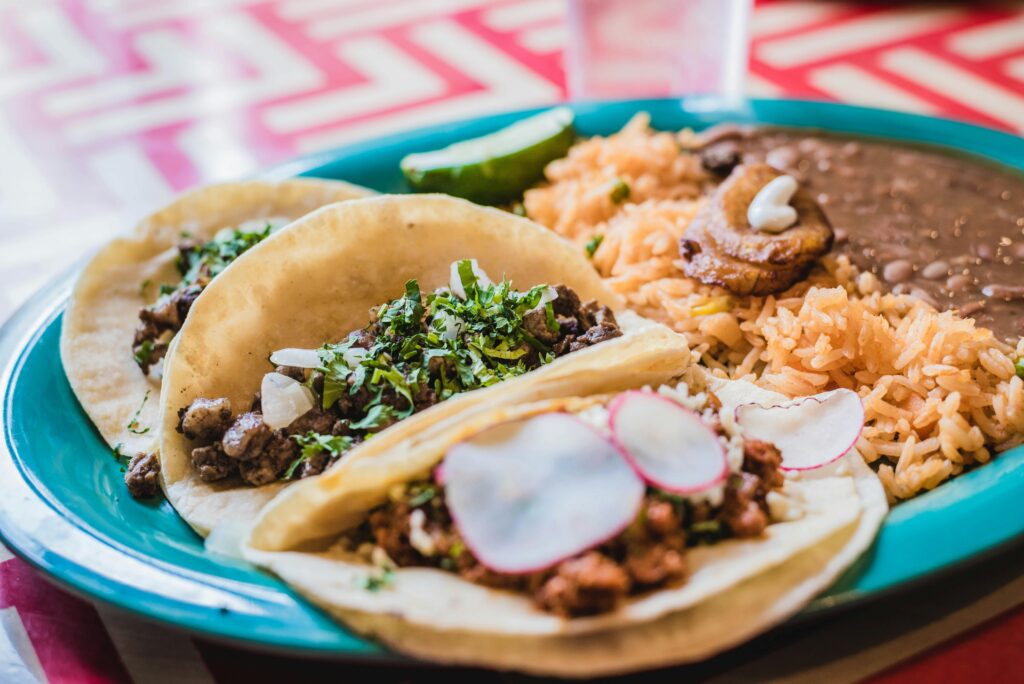Ever stared at your smart coffee maker thinking, “I spent $300 on this gadget, and my coffee still tastes like wet cardboard?” Don’t worry—it’s not you. It might just be your beans (and how you’re brewing them). Let’s fix that caffeine catastrophe together.
In this post, we’ll unravel the art of coffee beans tasting—how it ties into your smart coffee maker experience, actionable steps to elevate your coffee game, and even some brutal truths about why tech can’t fix *everything.* You’ll also walk away with tips, tools, and maybe even a laugh or two along the way.
Table of Contents
- Key Takeaways
- Why Freshness Matters in Coffee Beans
- The Ultimate Guide to Smart Brewing
- Pro Tips for Perfect Tasting
- Case Study: The Smarter Brew Wins!
- Frequently Asked Questions
- Conclusion
Key Takeaways
- Your smart coffee maker isn’t magic—but fresh beans are.
- Freshly ground beans + optimal water temperature = heaven in a mug.
- You don’t need to overspend on high-end machines; invest in quality beans instead.
- Taste testing is part science, part art form—embrace both sides.
Why Freshness Matters in Coffee Beans

I once brewed an entire pot using pre-ground coffee from six months ago—yeah, I was THAT person. The result? A bitter sludge that could strip paint off walls. Lesson learned: Coffee freshness is non-negotiable.
Here’s the tea (pun intended): Coffee starts losing its flavor within weeks after roasting. Ground coffee? Forget about it—it oxidizes faster than you can say “cold brew.” And all the fancy presets on your smart coffee maker won’t save stale beans.
Optimist You: “But what if I JUST adjust the grind size?”
Grumpy You: “Go ahead, but good luck making ashes taste gourmet.”
The Ultimate Guide to Smart Brewing
If you’ve ever wrestled with a Wi-Fi-enabled coffee maker and lost, this one’s for you. Here’s how to pair your machine with top-notch beans for peak performance:
Step 1: Choose High-Quality Whole Bean Coffee
Look for single-origin, ethically sourced beans. Trust me, your taste buds will thank you. Aim for beans roasted within the last 2-3 weeks.
Step 2: Grind Only What You Need
Use a burr grinder set to the right consistency for your brewing method—coarse for French press, fine for espresso. Yes, precision matters!
Step 3: Calibrate Water Temperature
Most smart coffee makers let you control water temp. Opt for 195–205°F (90–96°C) because anything less leads to under-extraction. Bummer alert: Too hot burns the beans.
Step 4: Experiment With Ratios
The golden ratio is 1:15 to 1:17 (coffee-to-water). Start there, tweak as needed. Some apps sync with your smart device to track these metrics. Cool, right?
Pro Tips for Perfect Tasting
- Skip Dark Roasts If You’re New to Tasting: They mask nuanced flavors. Medium roast? Chef’s kiss.
- Smell Before You Brew: Fragrance reveals so much about the bean’s potential profile.
- Avoid Overloading the Hopper: Storing excess beans in your machine accelerates staleness. Pro move: Use a separate airtight container.
- Rant Break: Why does every coffee brand claim their beans are “handpicked by unicorns”? Like, come on, marketing teams—get real.
Case Study: The Smarter Brew Wins!
Meet Sarah, a self-proclaimed morning zombie who upgraded her routine with a smart coffee maker paired with specialty beans. She went from chugging mediocre java to crafting barista-level cups without leaving her kitchen. Her secret? Following steps above—and resisting the urge to buy bargain-bin beans.

Her traffic analytics equivalent? Social proof pouring in—friends now beg for invites to her weekend brunches. #CoffeeGoals
Frequently Asked Questions
How do I pick the best beans for my smart coffee maker?
Prioritize whole beans over pre-ground ones. Look for roast dates, and choose medium-light roasts if you’re exploring coffee beans tasting.
Does expensive equipment guarantee better coffee?
Nope. A $20 hand grinder and fresh beans beat a $500 machine with stale grounds any day. Prioritize ingredients first.
What’s the worst tip for improving coffee flavor?
Buying low-quality instant coffee and praying technology saves it. Don’t waste your life—or your wallet—on shortcuts.
Can I store beans in the fridge?
Bad idea. Moisture seeps into containers, ruining flavor. Stick to room temperature storage in a dark, cool place.
Conclusion
There you have it—a deep dive into the world of coffee beans tasting powered by smart coffee technology. Remember, while gadgets add convenience, true greatness lies in your choice of beans. So go forth, experiment, and never settle for mediocrity again.
Pro Tip Ending: Treat your smart coffee maker like Pac-Man—it loves fresh pellets (beans!), not yesterday’s leftovers.
And finally… because nostalgia fuels productivity:
“Like dial-up internet, bad coffee takes forever to load.” – Anonymous


